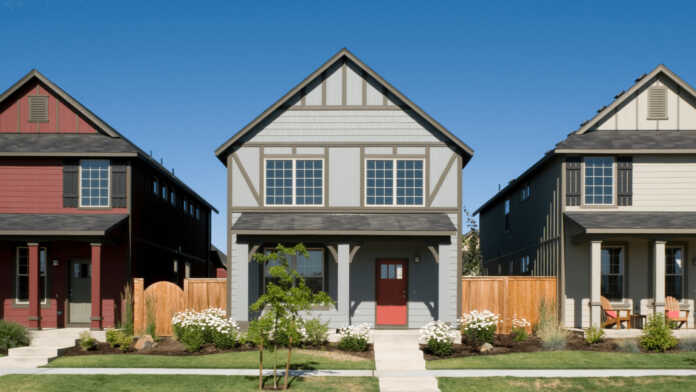As employers make plans to reopen workplaces, new Zillow research finds that nearly 40 percent of U.S. workers don’t know if or how often they’ll be working in person. More than one-third of those workers (35 percent) say that uncertainty is impacting their ability to make decisions about their lives, such as the decision to move.
Remote work is already fueling what has been labeled the “Great Reshuffling,” as people who no longer have to be at their workplace five days a week prioritize affordability and space over a short commute. This data suggests there’s more reshuffling to come as employers and employees decide what their future will look like.
The lasting shift to remote work is being driven by employee preferences. After many workers spent a year and a half working from home, an overwhelming number of them want to keep that flexibility once the pandemic has ended. Zillow’s survey finds 84 percent of U.S. workers want to work remotely at least a few days a month, and 44 percent want to work from home all the time.
Half of millennial and Gen Z workers who don’t yet know their employer’s post-pandemic plans say they’re at least somewhat likely to consider getting a new job if they end up working in person more often than they would like (50 percent). Large numbers of workers report that various aspects of working from home are now very or extremely important to them, such as control over their life and their time (69 percent), and the freedom to live where they want (64 percent).
Remote work has the potential to bring the most significant expansion of economic opportunity and housing affordability witnessed in a generation or more. The ability to work and live anywhere is already opening up housing opportunities countrywide. This in turn is benefiting first-time buyers and renters of color. When given that flexibility, remote or hybrid workers are more likely to say they would move — 23 percent, compared to 13 percent of in-person workers who say the same.
Those moves are happening. In the most expensive metros, buyers are prioritizing affordability over commute times, with areas 60‒90 minutes outside the city center experiencing the fastest home value growth. This trend is echoed by moving data that shows pandemic-era movers are seeking larger, more affordable homes.
Zillow’s internal data offers a small case study in how remote work can spur people to move. After the company announced a permanent flexible workplace policy in October 2020, the monthly relocation rate jumped more than 45 percent, compared to typical relocation rates in 2018 and 2019.









